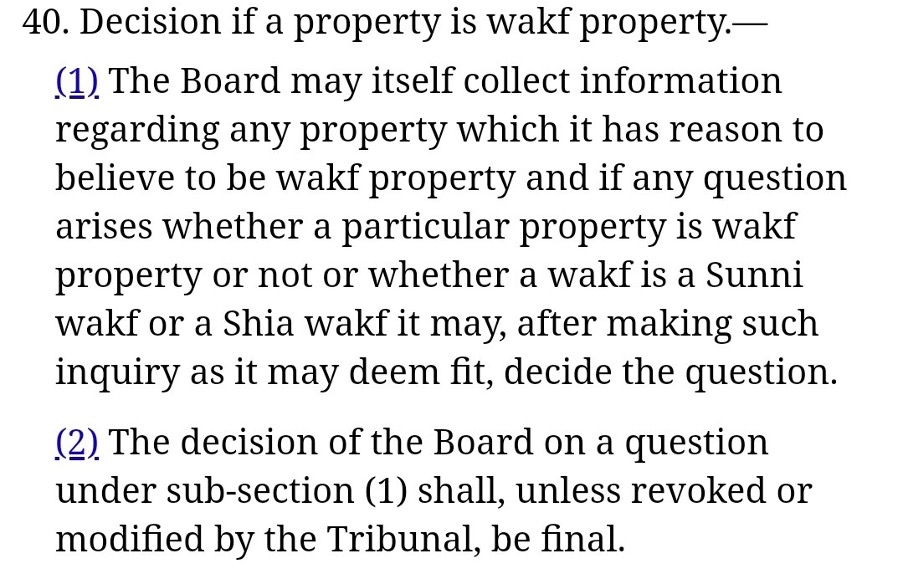Evacuee and or Enemy property is that left behind by nationals/ residents of Pakistan or China (or any other country who performed external belligerence against India) and who have moved out of India. During the two wars with Pakistan in 1965 and 1971, the Indian government took over many properties owned by those who had opted for Pakistani citizenship, to ensure that profits accruing from that property or business were not channeled to Pakistan to help it fight the war.
In Delhi about 3,500 built-up evacuee properties were transferred by the rehabilitation ministry to the municipal corporation of Delhi for slum clearance, during the period of 1962 to 1974. Another 10,000 bighas of agricultural land was also transferred by the ministry of rehabilitation to the DDA for land and building development.
Pakistan sold off all such property in 1975, Due, inter-alia, to various Indian court decisions the Act in this regard was last revised in 2017. Read more here. The guidelines for the disposal of properties were amended in 2019, to facilitate ‘usages of enemy property by the state government exclusively for public use’. Various committees have also been set up and surveys undertaken.
Reasons for the amended Bill:
- The term “Enemy” was widened to include legal heirs irrespective of the citizenship.
- The sale of enemy property cannot be performed by the enemy/ heirs, the Law of Succession will not be applicable.
- The Government can exclusively use the enemy property for public use.
- Civil Courts cannot entertain matters related to enemy property, only High Courts and Supreme Court will be having jurisdiction.
- The Custodian becomes the owner of enemy property retrospectively from 1968 and will have all rights to evict, get encroachments removed and sell enemy property.
An issue raised against the amendment is that it applies retrospectively
and impacts the rights of an earlier purchaser of such property
In Nov 21, it was reported that there are 12610 number of Enemy Properties (belonging to Pakistan Nationals and Chinese Nationals), which have been declared and are vested in the Custodian of Enemy Property for India.
Hyderabad Oct 2021 : The single largest enemy property in India is on the outskirts of Hyderabad spread over more than 650 acres in Shamshabad Mandal Ranga Reddy district.. CEPI has been pursuing the case with the state government due to the threat of encroachments looming large as land sharks set eyes on it. The encroaches apparently include some prominent and politically well-connected individuals and cover over 540 acres
Ghonda June 2022: The district administration has freed a 56-bigha enemy property from encroachers in Akauni village, Gonda, UP when a team along with heavy police force, operated a tractor over the sugarcane crop which was planted on the said piece of land, and destroyed it, a case was registered against four encroachers.
This issue recently came into limelight in regard to the riots that too place in Kanpur early this month. It was found that stone pelting etc. was done from several storey high buildings that were built on enemy property
